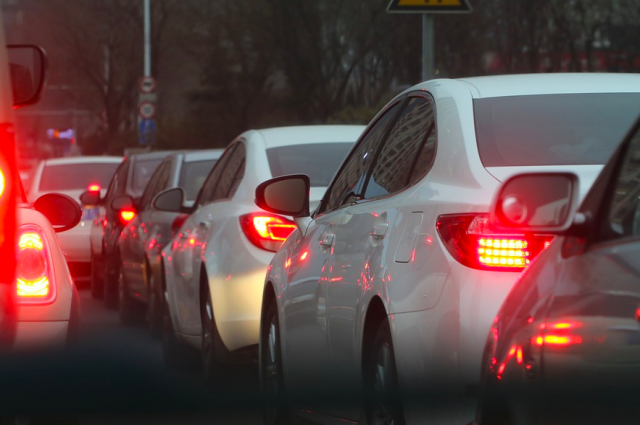Green light for the new multipurpose gym that will rise next to the PalaFacchetti: the Municipal Council of Treviglio has approved the final project of the new sports facility that Habita will build as part of the Urban Planning Agreement associated with the “Ex Baslini” Integrated Intervention Program.
“This is good news for the world of sport and for the city – underlines the mayor Juri Imeri – We have invested heavily in sports facilities in recent years, the best way to enhance the great work of our associations, but there was a need for additional spaces to continue a virtuous process that combines sports results with the essential role of social agency that sports clubs cover. In addition, the new gym will be built next to the PalaFacchetti making synergies and collaborations possible, breaking the bad habit of Treviso of distributing sports facilities throughout the territory ”.
But what will the new structure be like? First it will be one multipurpose, modern and sustainable structure, of approximately 1700 square meters of gross surface area and equipped for carrying out mainly basketball, volleyball and gymnastic activities, with parquet flooring, grandstand, 4 changing rooms for athletes, 2 changing rooms for referees, gym of about 70 square meters and infirmary. There will be seats in the stands for a maximum capacity of 212 spectators.
There will also be a strong focus on sustainability, guaranteed by the use of natural materials such as wood, by the use of ecological porcelain stoneware according to Ecolabel certification, by LED lighting, by the use of windows and materials that guarantee high levels of reduction. of consumption and high acoustic and thermal insulation, from the installation of a photovoltaic system of 30Kw, from the management of the humidity gradient with mechanical ventilation system.
Special solar ducts will also be created to allow the “transport” and diffusion of natural lighting in the play area and grandstand: this system allows only the luminous part of the solar radiation to be transmitted by not introducing the thermal component into the rooms which in the summer can create overheating phenomena to allow natural lighting in confined indoor environments.
<!–


